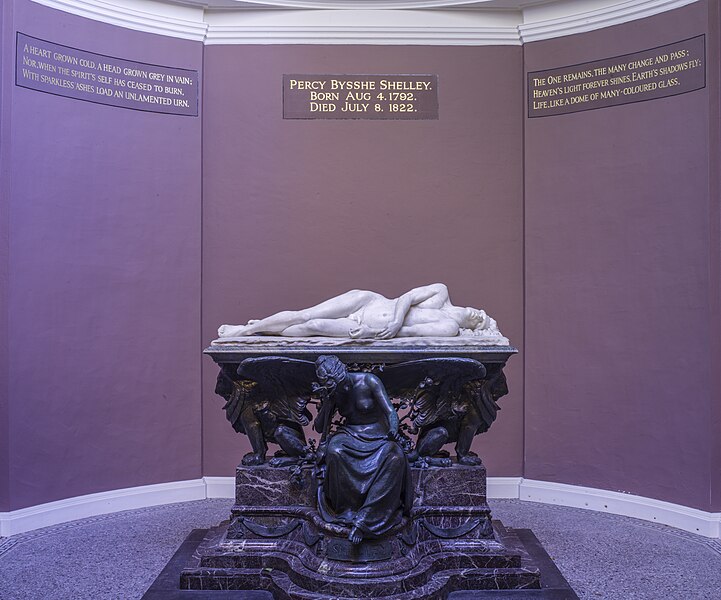“Lines Written A Few Miles Above Tintern Abbey” by William Wordsworth
(Lines 79-86)
“…The sounding cataract
Haunted me like a passion: the tall rock,
The mountain, and the deep and gloomy wood,
Their colours and their forms, were then to me
An appetite: a feeling and a love,
That had no need of a remoter charm,
By thought supplied, or any interest
Unborrowed from the eye.”
Edmund Burke, in his “Philosophical Enquiry into the Origin of Our Ideas of the Sublime and Beautiful” clearly (though arguably) differentiates the sublime from the beautiful citing that, among their differences, the highest effect of witnessing something truly sublime is “astonishment.” Burke gives us the idea that the sublime should force us to experience some overwhelming feeling of astonishment, particularly because it instills terror or fear within us.
The aforementioned lines from William Wordsworth’s “Lines Written A Few Miles Above Tintern Abbey” demonstrate exactly what Burke would say is the effect of the sublime. Wordsworth describes the natural setting with words to show how vast and terrible it is — the sounding cataract, the tall rock, the deep and gloomy wood — that would instill fear into any person witnessing such a sight. Especially with Wordsworth’s description of what he sees being of a grand scale, Burke would agree that it has the ‘vastness’ aspect of the sublime, as “we are more struck at looking down from a precipice than at looking up at an object of equal height.” Wordsworth builds upon this idea with the imagery of multiple forms of nature: a cataract (a large waterfall), a rock, wood. Not only does this device make nature seem so large, but it would make its witness or reader feel small–mortal.
Yet even with such ominous imagery, both Burke and Wordsworth call upon us to appreciate the emotion we feel upon seeing such a view. Burke believes that the sublime “anticipates our reasonings, and hurries us on by an irresistible force” (astonishment). Wordsworth reflects this idea by expressing that the colours and forms of nature — however terrible or awesome they might seem — create within him an overwhelming appetite, “a feeling and a love.”












